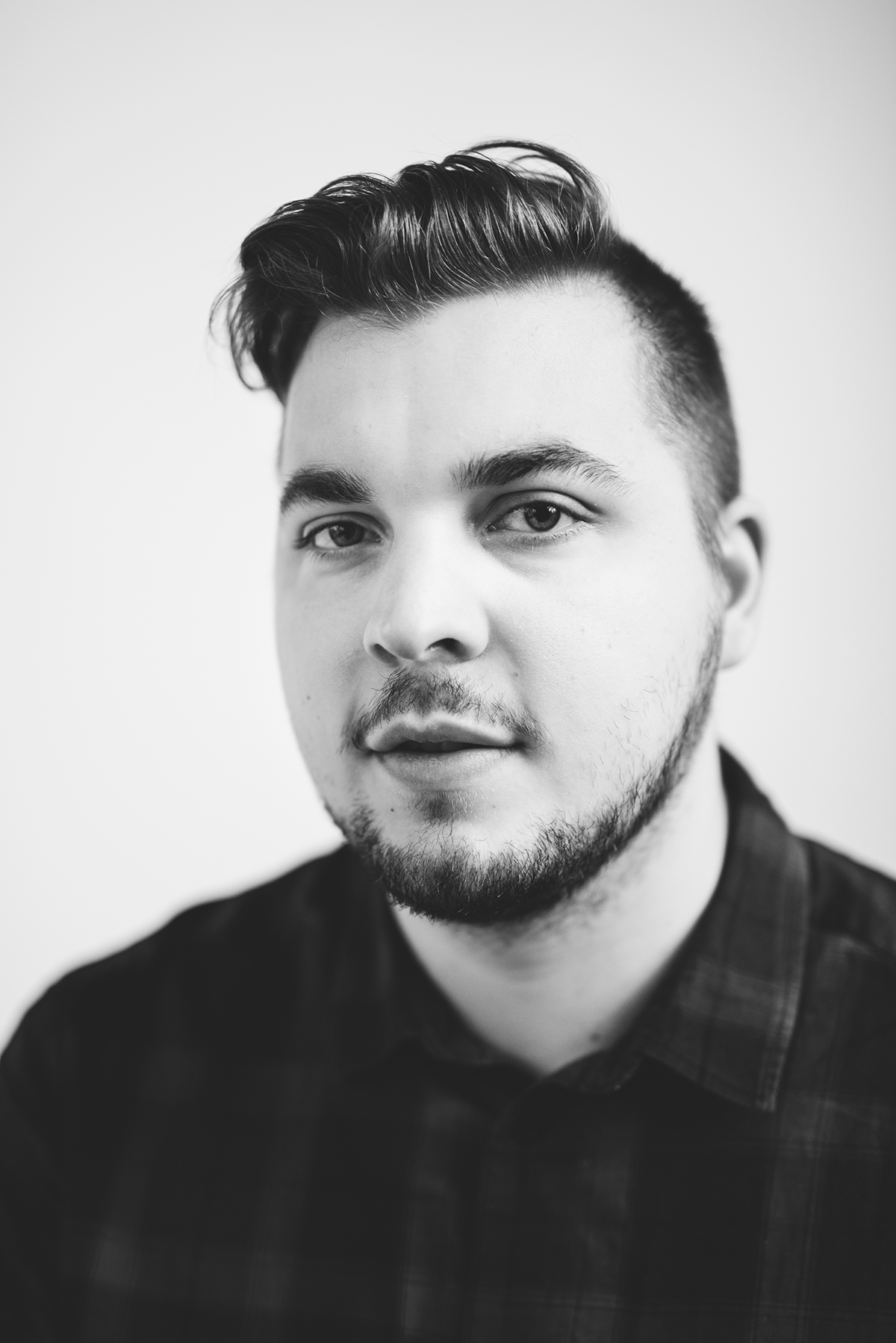In the sparsely populated Finland, there are a lot of forests around. In total 73% of the area is covered by forests, about five hectares per inhabitant. However, the Finnish national landscape of Northern coniferous forest belt is going through some major structural changes: talks about the countryside becoming empty as much as uncontrolled urbanisation. The changes also reflect strongly on the regional scattering of age structures and gaps forming between generations. What does being a forest owner, and forest in general, symbolise for the generations of today who enjoy living in downtown in rental apartments? How to deal with this changed relationship towards our dear national landscape in new ways? The Finnish artist and photographer Jaakko Kahilaniemi answered these questions among others that I had during our meeting.
Wonderful spring scenery opens up to Eläintarhanlahti from an apartment located in Hakaniemenranta in Helsinki. Jaakko Kahilaniemi, celebrating his 30th birthday, is getting ready for the day with porridge. While he is eating, he chats with me from the open kitchen. He tells me his spring will be busy; in addition to the Fotografia Europea event in Italy, he also participates to the Format Festival organised in England. And of course, he participates to the Circulation(s) European Young Photography festival in Paris in April, a visit that also launches the new IF Studios visiting programme in photography of Institut finlandais. Regardless of the multiple overseas invitations he receives, Jaakko wants to minimise his trips abroad. “I think a lot of what I do from the point of view of climate change that my new pieces are about too. Yet, I suffer from the great dilemma of what one can do or can even have the nerve to do. Sure I want to proceed in my career, but it feels like if I constantly go abroad to promote my works, it talks against itself. It’s quite contradictory.”
Before his studies in the photography programme of Aalto University, Kahilaniemi studied photography at Turku University of Applied Sciences from 2010 to 2014. During his years in Turku, he started to research and process his own background and childhood sceneries through photography, the background Jaakko himself calls “metsäläisyys”, [being uncivilised, living in a forest]. For a moment we wander around in Google Maps where we find Jaakko’s family place Enokunta, where his father was born, and nearby it a road called Kahilaniementie that has been named after his family. Pictures of landscapes of his childhood, of his grandmother’s place and a room full of stuffed animals flash by on the computer. I can easily understand the symbolism transferred by the images, they seem and feel surprisingly familiar.
“I’ve always wanted to live in the city centre. Even though I’ve always had the desire to get away from the small village and the countryside, I’ve always been fascinated by themes related to forests. After settling down in a town, the countryside and its familiar landscapes do seem really foreign.” 100 Hectares of Understanding, a series of work by Jaakko refers to the photographer’s hundred hectares of inherited woodlot he has felt remoteness towards. “The path in arts I chose instead of forestry has diverged me quite a lot from that world. It consists of unfamiliarity and the feeling of strangeness. How can those places be like they are?” Nature and forest have been present in Kahilaniemi’s work before too. As a diploma work to Turku University of Applied Sciences, the photographer’s Tapiola photo series came about. “My full name is Jaakko Simo Tapio Kahilaniemi. My father’s name is Tapio too.” Tapiola means forest in the Kalevala, the 19th-century work of epic poetry compiled by Elias Lönnrot, while Tapio means the king of the forest.
In 2018 Jaakko was chosen as a finalist in the recognised Festival d’Hyères after which he won the ING Unseen Talent Award contest in Amsterdam. Around the same time, he starts to work on a new photo series, Nature Like Capital. Through the series, he aims to mirror the direct and indirect impact that people have to climate change, and how it is visible in nature. Jaakko shows me his works on the computer. “You can see the forest fires of last summer in Pyhäranta in this work. They weren’t directly caused by men, but indirectly, mankind has an impact on global warming and hence on the spread of forest fires.” “In this other work, you can see the five olive trees I planted. I know that olive trees can’t survive the Finnish winter, but maybe it will be different in 50 years. The red line in the work shows the route through which the olive trees came through Europe – from Greece to Plantagen [a flower store in Tampere], ending up in the forests of Teisko.”
It is apparent through these new pieces of work that the photographer has changed his perspective; the forest has become more anonymous, even distant. Personal research has turned into more analytical and structural observations; how to treat the forest along with ownership and capital thinking? What is mankind doing to its dear lands? The photographer’s interest in understanding and visualising the forest, that started from the Tapiola series, still continues changing its form in the course of time.
Jaakko Kahilaniemi participates in the Festival Circulation(s) – European young photography festival organised in Paris from April 20th to June 30th, 2019.
